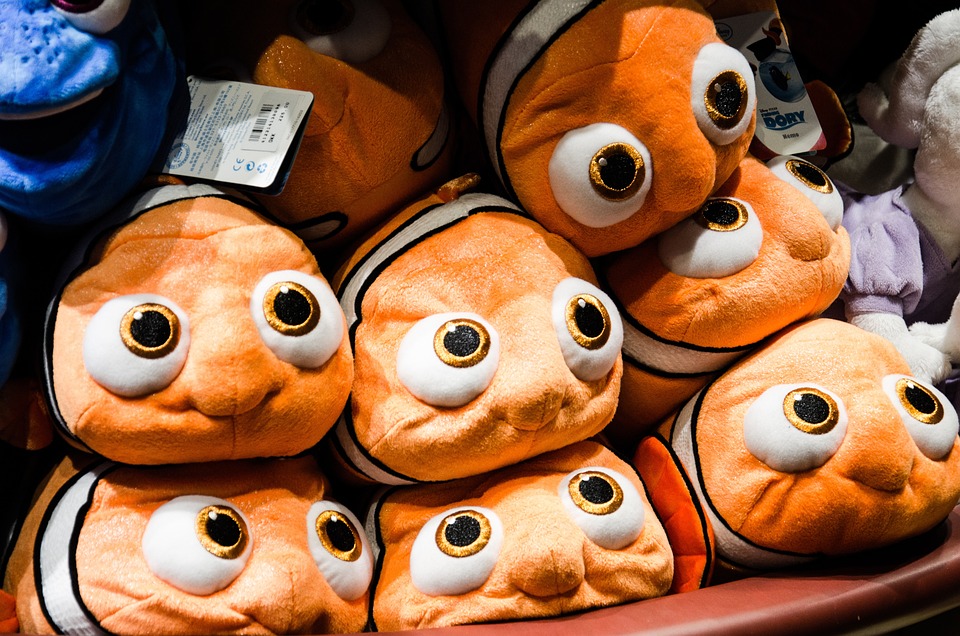Feeding enrichment is a crucial aspect of maintaining a healthy and thriving fish tank. It not only promotes physical and mental stimulation for fish but also contributes to their overall well-being. In this comprehensive study, we will delve into the significance of feeding enrichment, its impact on fish health and behavior, and the role it plays in mimicking natural feeding behaviors.
One of the primary benefits of feeding enrichment for fish tank fish is that it promotes physical and mental stimulation. By providing opportunities for natural foraging behavior, such as chasing and searching for food, feeding enrichment reduces boredom and stress in fish. This stimulation is essential for their overall health and happiness.
Furthermore, feeding enrichment enhances fish health in several ways. It provides exercise for fish, preventing obesity and associated health issues. Additionally, it supports a balanced diet, ensuring that fish receive the necessary nutrients and preventing malnutrition. By mimicking natural feeding behaviors, feeding enrichment allows fish to consume food in a manner that aligns with their evolutionary needs.
Another significant advantage of feeding enrichment is its positive impact on water quality. Uneaten food waste can accumulate in fish tanks, leading to degraded water quality and potential health problems for fish. Feeding enrichment reduces this waste by encouraging fish to consume all the food provided. By preventing excessive nutrient accumulation, it helps maintain a clean and healthy aquatic environment.
There are various types of feeding enrichment that can be incorporated into fish tank setups. Floating food dispensers, for example, encourage fish to chase and interact with food, allowing for observation of natural feeding behaviors. Puzzle feeders require problem-solving skills for food retrieval, stimulating fish mentally and physically. Live and frozen food, such as brine shrimp or bloodworms, mimic natural prey items and provide a more varied diet for fish.
For those interested in do-it-yourself (DIY) projects, there are also plenty of options for creating feeding enrichment for fish tank fish. A PVC pipe food dispenser, for instance, can be easily made and allows for controlled food release. A floating vegetable clip can hold leafy greens or vegetables for grazing fish, reducing waste and promoting natural feeding behaviors. DIY puzzle feeders using materials like mesh, rocks, and food compartments are customizable to fit the needs of different fish species.
To address common queries, we have included a section of frequently asked questions (FAQs) about feeding enrichment for fish tank fish. These include questions about the frequency of providing feeding enrichment, the suitability of feeding enrichment for different fish species, potential risks associated with feeding enrichment, signs of a well-enriched fish tank, and whether feeding enrichment can help reduce aggressive behaviors in fish.
In conclusion, feeding enrichment is of utmost importance in promoting fish health and behavior in fish tank setups. By incorporating various types of feeding enrichment, such as floating food dispensers, puzzle feeders, and live or frozen food, fish owners can ensure their fish receive the physical and mental stimulation they need. DIY feeding enrichment ideas, such as PVC pipe food dispensers and floating vegetable clips, offer affordable and customizable options. Ultimately, feeding enrichment not only benefits fish but also contributes to improved water quality and overall aquarium maintenance.









